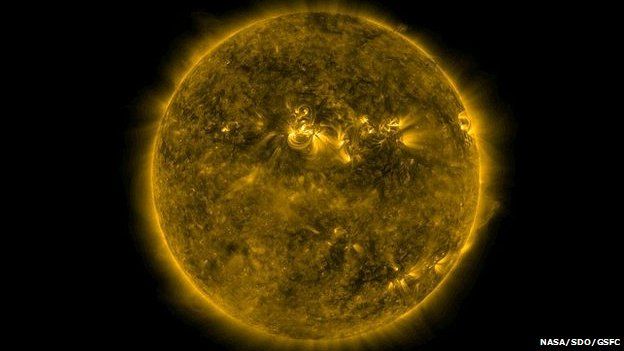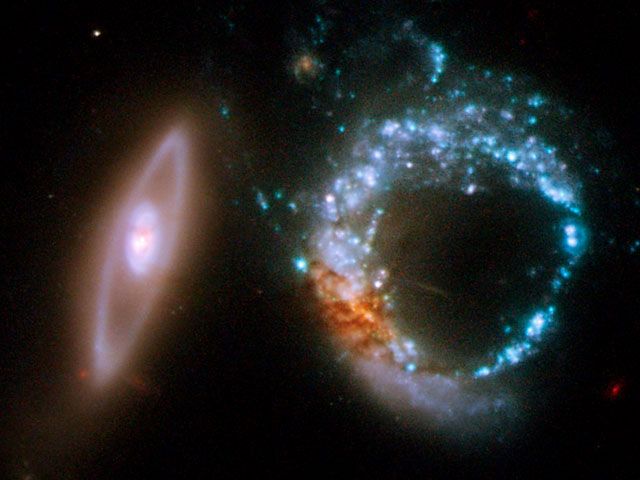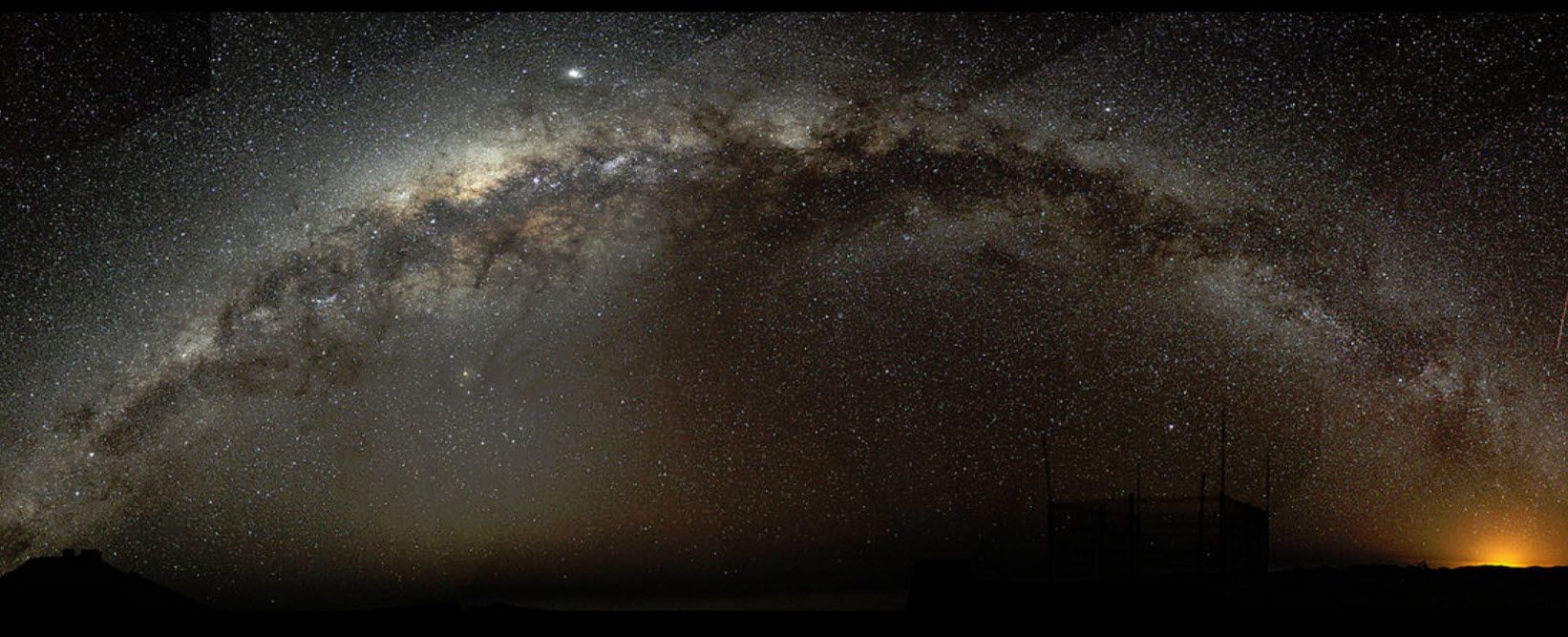The Planetary Society’s LightSail launched yesterday, May 20th, 2015.
[youtube_sc url=“https://www.youtube.com/watch?v=-cEXKu_Onlk” title=“LightSail%20from%20Carl%20Sagan%20to%20Now”]
The Planetary Society’s LightSail launched yesterday, May 20th, 2015.
[youtube_sc url=“https://www.youtube.com/watch?v=-cEXKu_Onlk” title=“LightSail%20from%20Carl%20Sagan%20to%20Now”]
Until 2006 our Solar System consisted essentially of a star, planets, moons, and very much smaller bodies known as asteroids and comets. In 2006 the International Astronomical Union’s (IAU) Division III Working Committee addressed scientific issues and the Planet Definition Committee address cultural and social issues with regard to planet classifications. They introduced the “pluton” for bodies similar to planets but much smaller.
The IAU set down three rules to differentiate between planets and dwarf planets. First, the object must be in orbit around a star, while not being itself a star. Second, the object must be large enough (or more technically correct, massive enough) for its own gravity to pull it into a nearly spherical shape. The shape of objects with mass above 5×1020 kg and diameter greater than 800 km would normally be determined by self-gravity, but all borderline cases would have to be established by observation.
Third, plutons or dwarf planets, are distinguished from classical planets in that they reside in orbits around the Sun that take longer than 200 years to complete (i.e. they orbit beyond Neptune). Plutons typically have orbits with a large orbital inclination and a large eccentricity (noncircular orbits). A planet should dominate its zone, either gravitationally, or in its size distribution. That is, the definition of “planet” should also include the requirement that it has cleared its orbital zone. Of course this third requirement automatically implies the second. Thus, one notes that planets and plutons are differentiated by the third requirement.
As we are soon to become a space faring civilization, we should rethink these cultural and social issues, differently, by subtraction or addition. By subtraction, if one breaks the other requirements? Comets and asteroids break the second requirement that the object must be large enough. Breaking the first requirement, which the IAU chose not address at the time, would have planet sized bodies not orbiting a star. From a socio-cultural perspective, one could suggest that these be named “darktons” (from dark + plutons). “Dark” because without orbiting a star, these objects would not be easily visible; “tons” because in deep space, without much matter, these bodies could not meet the third requirement of being able to dominate its zone.
Taking this socio-cultural exploration a step further, by addition, a fourth requirement is that of life sustaining planets. The scientific evidence suggest that life sustaining bodies would be planet-sized to facilitate a stable atmosphere. Thus, a life sustaining planet would be named “zoeton” from the Greek zoe for life. For example Earth is a zoeton while Mars may have been.
Again by addition, one could define, from the Latin aurum for gold, “auton”, as a heavenly body, comets, asteroids, plutons and planets, whose primary value is that of mineral or mining interest. Therefore, Jupiter is not a zoeton, but could be an auton if one extracts hydrogen or helium from this planet. Another auton is 55 Cancri e, a planet 40 light years away, for mining diamonds with an estimated worth of $26.9x1030. The Earth is both a zoeton and an auton, as it both, sustains life and has substantial mining interests, respectively. Not all plutons or planets could be autons. For example Pluto would be too cold and frozen for mining to be economical, and therefore, frozen darktons would most likely not be autons.
At that time the IAU also did not address the upper limit for a planet’s mass or size. Not restricting ourselves to planetary science would widen our socio-cultural exploration. A social consideration would be the maximum gravitational pull that a human civilization could survive, sustain and flourish in. For example, for discussion sake, a gravitational pull greater the 2x Earth’s or 2g, could be considered the upper limit. Therefore, planets with larger gravitational pulls than 2g would be named “kytons” from the Antikythera mechanical computer as only machines could survive and sustain such harsh conditions over long periods of time. Jupiter would be an example of such a kyton.
Are there any bodies between the gaseous planet Jupiter and brown dwarfs? Yes, they have been named Y-dwarfs. NASA found one with a surface temperature of only 80 degrees Fahrenheit, just below that of a human. It is possible these Y-dwarfs could be kytons and autons as a relatively safe (compared to stars) source of hydrogen.
Taking a different turn, to complete the space faring vocabulary, one can redefine transportation by their order of magnitudes. Atmospheric transportation, whether for combustion intake or winged flight can be termed, “atmosmax” from “atmosphere”, and Greek “amaxi” for car or vehicle. Any vehicle that is bound by the distances of the solar system but does not require an atmosphere would be a “solarmax”. Any vehicle that is capable of interstellar travel would be a “starship”. And one capable of intergalactic travel would be a “galactica”.
We now have socio-cultural handles to be a space faring civilization. A vocabulary that facilitates a common understanding and usage. Exploration implies discovery. Discovery means new ideas to tackle new environments, new situations and new rules. This can only lead to positive outcomes. Positive outcomes means new wealth, new investments and new jobs. Let’s go forth and add to these cultural handles.
—
Ben Solomon is a Committee Member of the Nuclear and Future Flight Propulsion Technical Committee, American Institute of Aeronautics & Astronautics (AIAA), and author of An Introduction to Gravity Modification and Super Physics for Super Technologies: Replacing Bohr, Heisenberg, Schrödinger & Einstein (Kindle Version)
- Press release by our partner ”Risk Evaluation Forum” emphasizing on renewed particle collider risk: http://www.risk-evaluation-forum.org/newsbg.pdf
- Study concluding that “Mini Black Holes” could be created at planned LHC energies: http://phys.org/news/2015-03-mini-black-holes-lhc-parallel.html
- New paper by Dr. Thomas B. Kerwick on lacking safety argument by CERN: http://vixra.org/abs/1503.0066

Title: Super Physics for Super Technologies
Sub Title: Replacing Bohr, Heisenberg, Schrödinger & Einstein
Author: Benjamin T Solomon
Paperback: 154 pages
Publisher: Propulsion Physics, Inc. (March 19, 2015)
ISBN-10: 1508948011
ISBN-13: 978–1508948018
Language: English
Publisher’s Link: Super Physics for Super Technologies
Amazon’s Link: Super Physics for Super Technologies
Reviewer’s comments: “Benjamin is the second researcher I have met who has tried to consider a nonsingular cosmology. The first was Christi Stoica, which I met in 2010″.
Andrew Beckwith PhD
The Objective: This book, Super Physics for Super Technologies, proposes that a new physics exists. The findings are based on 16 years of extensive numerical modeling with empirical data, and therefore, both testable and irrefutable.
The Need: In 2012 Prof. Nemiroff, using Hubble photographs, showed that quantum foam cannot exists. In 2013, Solomon showed that both exotic matter and strings could not exists. In 2015 the Kavli Foundation, with Prof. Efstathiou, Prof. Pryke, Prof. Steinhard discussed the issues with the Planck Space Telescope findings of a Universe that is significantly simpler than our theories. Therefore the need for new physics.
The Benefits: The replacement of the Schrödinger wave function with a simpler probabilistic wave function, results in a new electron shell model based on the Rydberg equation, giving exact results with quantum mechanics; leading to a new Standard Model and the unification of photon shielding, transmission and invisibility as the same phenomenon. Solomon’s inference is that any current or future stealth technology can be neutralized.
The Possibilities: Is it possible to rewrite physics and the old great cherished masters? This work is based on extensive numerical modeling of known empirical data and theorizing. Therefore, the answer must be YES.
Acknowledgements: I would like to thank Lockheed for nominating me to the position of Committee Member, Nuclear and Future Flight Propulsion Technical Committee, American Institute of Aeronautics & Astronautics (AIAA)

— BBC
“I’ve been a solar physicist for 30 years, and I’ve never seen anything quite like this,” says Richard Harrison, head of space physics at the Rutherford Appleton Laboratory in Oxfordshire.
He shows me recent footage captured by spacecraft that have their sights trained on our star. The Sun is revealed in exquisite detail, but its face is strangely featureless.
“If you want to go back to see when the Sun was this inactive… you’ve got to go back about 100 years,” he says.
An innovative Australian digital radar built with a series of modified rugby goalposts is attracting worldwide attention the ABC reports.
A consortium led by La Trobe University in Melbourne developed the Tiger-3 digital radar, which is 10 times more sensitive than any other research radar. Lead researcher Professor John Devlin said the radar would be used to study space weather, which has an impact on navigation and surveillance systems for shipping and aircraft, as well as for GPS systems. “It measures the ionospheric reflections from a distance out to about 5,000 kilometres,” he said.
Researchers measure the data to study space weather, like recent solar flares, which can potentially knock out power, satellites, navigation and surveillance systems for shipping, aircraft and GPS.
The recent solar flares just grazed the Earth, but Dr Custovic said flares had the potential to knock out transformers, potentially shutting off power for weeks.
Radars were first developed during World War II, but engineer Dr Eddie Custovic said technology had come a long way since then. “The innovation is largely in new software technology that is used to analyse data and signal processing,” he said. La Trobe University Engineering and Space Physics staff have been working on digital radars since the 1990s, and the Tiger-3 took a team three years to build.
Digital radars still work on waves, using frequencies of 8–20 MHz in the High Frequency band, but the electronics and signal processing are now entirely digital, meaning the radar is less susceptible to instrumentation noise. Most radars are still analogue or hybrid, and the digital one offers greater sensitivity, longer range and a much wider field of view, which means researchers are able to detect objects and structures that were not previously visible.
[youtube_sc url=“https://www.youtube.com/watch?v=67wk5suxriQ&list=UU-n-aSf-gEmp1yBwn9npCZg”]
Astrophysicists like Robert Nemiroff have shown, using Hubble photographs, that quantum foam does not exist. Further, the famous string theorists, Michio Kaku, in his April 2008 Space Show interview stated that string theories will require hundreds of years before gravity modification is feasible.
Therefore the need to fund research into alternative propulsion technologies to get us into space cheaper and quicker. We can be assured that such space technologies will filter down into terrestrial technologies.
This video explain how this can be achieved and the benefits of doing so. The two organizations that are actively engaged in this endeavor are Propulsion Physics, Inc. and the Xodus One Foundation.
Please make donations through this link, <a href=“http://xodusonefoundation.org/wordpress/donation-page/” target=“_blank”>http://xodusonefoundation.org/wordpress/donation-page/</a>
Thank you for you funding efforts.

The Daily Galaxy via University of Sydney
A new home-grown instrument based on bundles of optical fibres is giving Australian astronomers the first ‘Google street view’ of the cosmos — incredibly detailed views of huge numbers of galaxies. Developed by researchers at the University of Sydney and the Australian Astronomical Observatory, the optical-fibre bundles can sample the light from up to 60 parts of a galaxy, for a dozen galaxies at a time. The technological leap is the ‘hexabundle’, sixty or more optical fibres close-packed and fused together, developed by the University of Sydney’s astrophotonics group.

Kurweil AI
“It seems highly unlikely that we are alone.”
There are some 100 million other places in the Milky Way galaxy that could support life above the microbial level, reports a group of astronomers in the journal Challenges (open access), based on a new computation method to examine data from planets orbiting other stars in the universe.
“This study does not indicate that complex life exists on that many planets; we’re saying that there are planetary conditions that could support it, according to the paper’s authors*. “Complex life doesn’t mean intelligent life — though it doesn’t rule it out or even animal life — but simply that organisms larger and more complex than microbes could exist in a number of different forms,” the researchers explain.